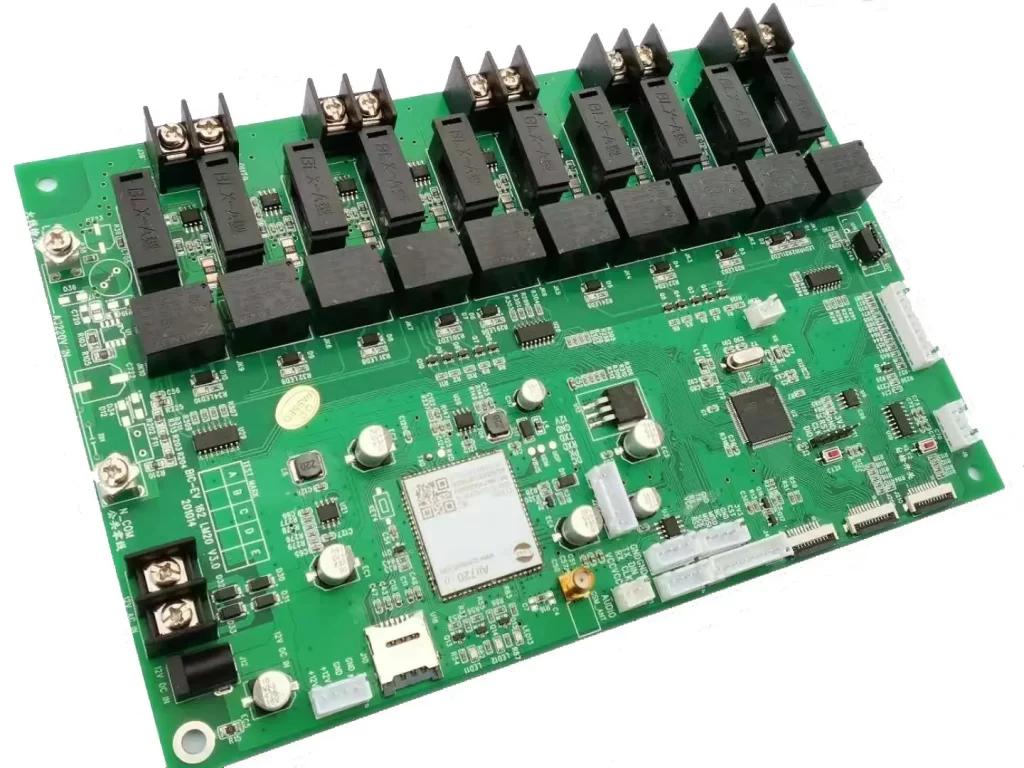Military/Aerospace PCB,The global printed circuit board (PCB) industry is experiencing a significant growth surge, largely driven by increasing demand from the military and aerospace sectors. This trend highlights the critical role that advanced electronics play in modern defense systems and aerospace vehicles. As nations worldwide prioritize the modernization of their military assets and invest in next-generation aerospace technology, the requirement for highly reliable, durable, and sophisticated PCBs has never been higher. This specialized market segment is becoming a key revenue driver for PCB manufacturers capable of meeting its stringent standards.
Key Drivers of Demand for Military/Aerospace PCB
Several factors are fueling this growth. First, the development and production of new defense platforms, such as unmanned aerial vehicles (UAVs), advanced surveillance systems, and communication satellites, require complex PCBs. These applications demand boards that can withstand extreme conditions, including wide temperature fluctuations, high levels of vibration, and radiation. Secondly, the modernization of existing military equipment, often involving electronic upgrades to enhance capabilities, creates a steady stream of demand. This includes everything from avionics systems in aircraft to control systems in naval vessels.
Technological Requirements and Challenges for Military/Aerospace PCB
Serving the military and aerospace market is not without its challenges. The PCBs used must adhere to rigorous standards, such as IPC-6012 Class 3, which defines high-reliability requirements. This often necessitates the use of specialized materials like polyimide or PTFE for flexible circuits and high-frequency applications. Furthermore, manufacturers must implement robust quality control processes, including rigorous testing for reliability and longevity. Achieving and maintaining necessary certifications is a significant hurdle, but it also creates a high barrier to entry, favoring established, technically capable manufacturers.
Future Outlook
The outlook for PCBs in the military and aerospace sector remains strong. Emerging technologies like artificial intelligence (AI) and the Internet of Things (IoT) are finding their way into defense applications, requiring even more advanced PCB designs with higher densities and embedded components. The ongoing space race, involving both government agencies and private companies, will further propel demand for space-grade electronics. In conclusion, while demanding, the military and aerospace market represents a high-value growth frontier for the PCB industry, pushing technological boundaries and rewarding innovation.
